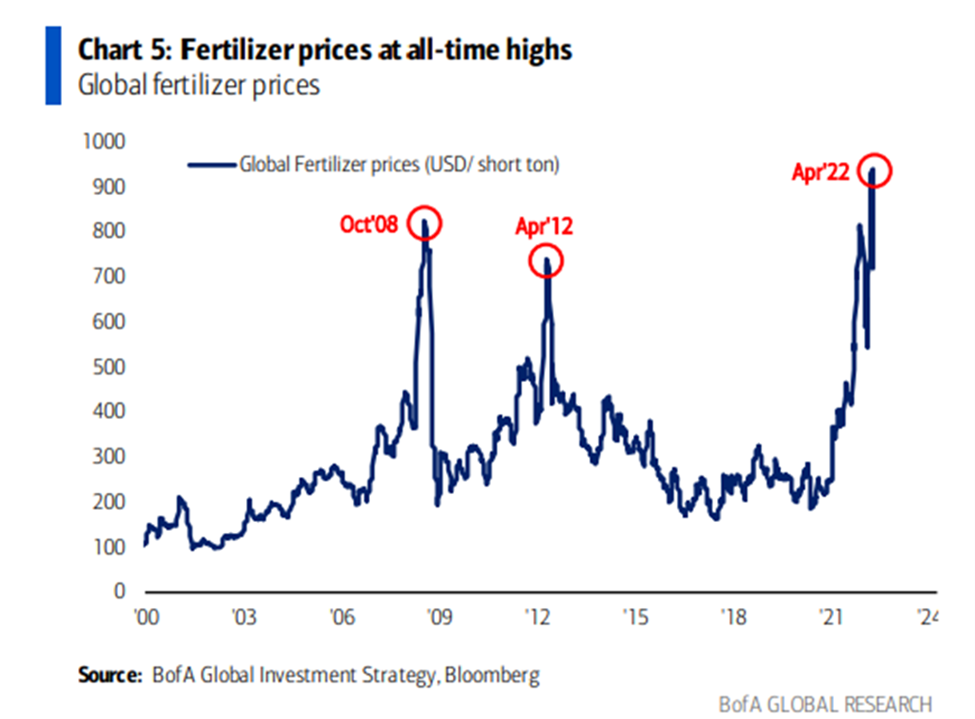Looking to ensure your supply of food or textile commodities in the coming year? One way is to take fertilizer out of the equation as much as possible. Farmers that rely on fertilizer as a soil input are facing rising costs and scarcer availability and will pass those risks further along the supply chain.
The high cost of unsustainable agriculture
For decades, conventional growing methods for food and textile materials around the world have depleted formerly fertile farmlands. Repeatedly plowing fields has created topsoil runoff, and monoculture crops have stripped the soils of key nutrients.
In response, conventional farmers have become reliant on regular additions of fertilizer throughout the growing season. Nitrogen, potassium, and phosphorus are the building blocks of plant fertilizer, but these amendments are increasingly difficult to obtain.
New heights for fertilizer shortages
Growing in nutritionally depleted soils, conventional farmers around the world rely on nitrogen, phosphorus, and potassium fertilizers to fuel their harvests. But those magic ingredients come at an increasing cost.

In fact, fertilizer costs 2-4x more than it did two years ago, due to:
- Runaway pricing for natural gas (the main component for much of the world’s nitrogen-based fertilizer).
- The Russia/Ukraine war and related sanctions on a major Belarusian potash (potassium) producer.
- Numerous late-summer 2021 tropical storms in the U.S. Gulf Coast that temporarily shut down regional production.
- COVID-19 restrictions disrupting every global supply chain, including chemicals.
The risks your sources face
Higher fertilizer prices may seem like a third-world problem, but the fact is that all nations will suffer the direct effects.
In developed countries, soaring fertilizer prices and low supply will yield smaller crops and higher grocery prices for months or even years to come. For example, we are already seeing increased pricing and less availability for commodities including tomato products, cotton, and specialty products like mustard seed and red jalapeno peppers (think Sriracha). We expect these shortages to continue if not expand in scope.
In underdeveloped regions, lower fertilizer use has a direct correlation with higher levels of malnutrition, political unrest, and mortality rates. This means that sub-tier suppliers down your supply chain are at higher risk for disruptions including strikes, worker shortages, insolvencies, and political upheaval.
With an increasingly interconnected global supply chain, third-world risks pose a direct and immediate threat to first-world supplies.
Ensure your commodity supply
The best option for avoiding this risk to food and textile commodity supplies is to seek out sources that rely on sustainable agricultural practices. Farmers practicing no-till, water conservation, and other low-impact methods are at much lower risk for crop failures due to fertilizer shortages and drought.
It seems like the only bumper crop that will come this year will be more food risk, heightening food insecurity for people around the world. Suppliers must carefully analyze potential pain points and take proactive steps to manage food supply as risk factors grow.